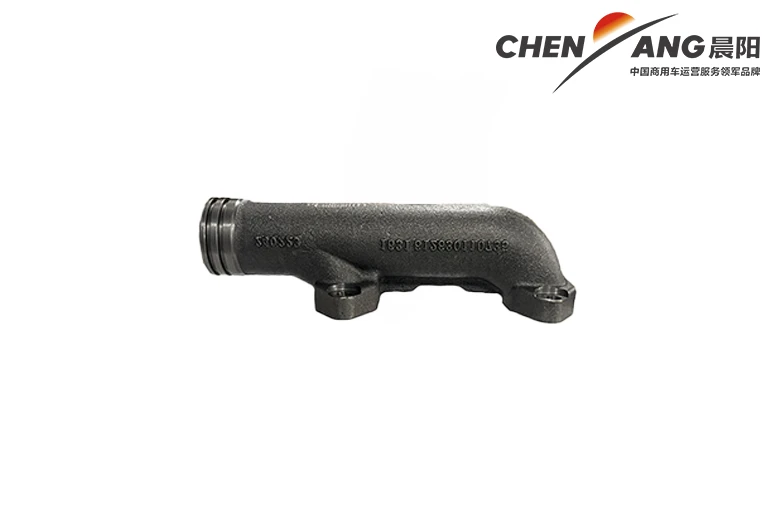engine transmission
Understanding Engine Transmission The Heart of Automotive Performance
Engine transmission is a crucial component in the world of automotive engineering, seamlessly bridging the engine's power to the wheels and ultimately influencing a vehicle's performance, efficiency, and driving experience. To comprehend the significance of transmission systems, one must explore their types, functions, and technological advancements.
At its core, the transmission is responsible for converting and redirecting the engine's power to the wheels, enabling a vehicle to accelerate, decelerate, and maintain speed effectively. This process is integral to a car's performance, fuel economy, and driver control. There are primarily two types of transmissions automatic and manual, each offering distinct advantages and characteristics.
Manual Transmission
Manual transmission, often referred to as a stick shift, requires the driver to engage the gears through the use of a clutch pedal and gear lever. This type of transmission offers a higher level of control over the vehicle, allowing skilled drivers to optimize engine power and torque according to their driving needs. Enthusiasts often favor manual transmissions for the engaging driving experience they provide.
However, mastering a manual transmission requires practice and a deeper understanding of vehicle dynamics. Drivers must coordinate the clutch and accelerator while shifting gears, which can be challenging for novices. While manual transmissions may be declining in popularity due to the growing presence of automatic options, many still appreciate the engaging control and driving connection they offer.
Automatic Transmission
Automatic transmission, on the other hand, simplifies the driving experience by automatically selecting the appropriate gear based on acceleration, deceleration, and other driving conditions. This system uses a complex network of hydraulic systems, sensors, and electronic controls to manage gear shifts without driver intervention.
Variations within automatic transmissions have led to innovations such as Continuously Variable Transmissions (CVTs) and Dual-Clutch Transmissions (DCTs). CVTs provide a seamless transition between gears, ensuring that the engine operates at optimal efficiency, which can significantly improve fuel economy. DCTs combine the best of both worlds by offering quick gear shifts and enhanced performance, making them a popular choice for high-performance sports cars and luxury vehicles.
engine transmission

The Evolution of Transmission Technology
The automotive industry has witnessed remarkable advancements in transmission technology, driven by the demand for greater fuel efficiency, reduced emissions, and improved driving comfort. Modern transmissions are increasingly equipped with sophisticated electronic control units (ECUs) that utilize algorithms to predict the optimal gear selection based on driving patterns and road conditions.
Additionally, the incorporation of hybrid and electric vehicles has led to further developments in transmission systems. In electric vehicles, for instance, traditional multi-speed transmissions are often replaced with single-speed units, as electric motors provide consistent torque across a wide range of speeds. This simplification allows for a more straightforward power delivery while ensuring a smooth and responsive driving experience.
The Future of Engine Transmission
Looking ahead, the future of engine transmission is poised for even more innovation. As the automotive industry shifts towards sustainability and electrification, new transmission technologies are being explored. For example, researchers are developing advanced electric drive systems that integrate power electronics, motors, and transmission components into a single unit, enhancing efficiency and reducing weight.
Furthermore, the integration of artificial intelligence (AI) in transmission systems is on the horizon. AI algorithms can analyze vast amounts of data from a vehicle's performance, allowing for predictive maintenance and personalized driving experiences, ultimately making transmissions smarter and more adaptive to individual driving styles.
Conclusion
Engine transmission is a cornerstone of automotive engineering, playing a pivotal role in translating engine power into motion. Whether through manual or automatic systems, the transmission facilitates the intricate dance between power and performance that characterizes the driving experience. As technology continues to evolve, the future of engine transmission holds exciting possibilities that promise to enhance vehicle performance, efficiency, and overall driver satisfaction. Understanding this vital component unlocks a deeper appreciation for the automobiles we rely on daily and the engineering marvels that drive them forward.
-
2BFY Traction Series Grain Fertilizer Seeder - Chenyang Group|Integrated Seeding,FertilizingNewsJul.30,2025
-
2BFY Traction Series Grain Fertilizer Seeder-Chenyang Group|Integrated Seeding&FertilizingNewsJul.30,2025
-
Grain Fertilizer Seeder-Chenyang Group|Precision&EfficiencyNewsJul.30,2025
-
2BFY Traction Series Seeder-Chenyang Group|Integrated Seeding,FertilizingNewsJul.30,2025
-
2BFY Traction Series Grain Fertilizer Seeder - Chenyang Group | Precision Farming, Seeding & FertilizingNewsJul.30,2025
-
2BFY Traction Series Grain Fertilizer Seeder-Chenyang Group|Seeding & Fertilizing EfficiencyNewsJul.29,2025
Popular products

























